We are seeing some more normal spring weather conditions this week, with a bit more rain in the forecast and colder temperatures. Ideally it will be short-lived and we might get a bit more mild and growthy weather after the weekend.
The rainfall amounts in the forecast look to be small enough and with the days lengthening, ground conditions shouldn’t deteriorate too much.
We should be able to keep grazing through without too much disruption and hopefully we don’t get any surprise deluges.
We are putting out another 30 units of nitrogen this week to keep grass moving and to catch the milder weather forecast for next week.
The plan this year is to keep nitrogen rates up for the first few months of the year while clover is dormant, and as clover takes over through the summer we will reduce chemical fertiliser usage considerably and freewheel a bit into the autumn.
Clover
We will keep this under review as we progress through the year, but we have seen a significant increase in clover in our swards over the last few years through both over-sowing and reseeding.
Backing off with nitrogen rates through the summer has allowed this to flourish more and should reduce our dependence on chemical nitrogen in the future.
Calving is winding down now, although we had a late burst this week with a dozen cows in two days, including a couple of sets of twins.
There are less than 60 left in the dry cow shed now though, and this number should be very small by the end of the month. The important thing at this stage is to try to keep everything as routine as possible with these girls up to calving.
They are on a mix of silage, straw and minerals, and we will keep this as consistent as possible for as long as possible. We have only had one case of milk fever so far and very few other issues around calving, so we will try to keep the standards up as long as possible.
The problems always surface at the end of the season when shortcuts are taken. With late-calving cows, their chances of getting back in-calf are slim enough, without any complications.
Breeding
As we finish up the calving, the focus will turn to the breeding season next. Bull selection on the dairy side is more or less complete at this stage, with mostly conventional straws in the tank and a small number of sexed straws booked in for particular cows.
We might have another look at the beef side of the ledger before we finalise decisions.
We used a few Charlaois and Belgian Blue bulls last year and the calves have sold very well without any real impact on their dams.
We could finish up with the dairy straws a bit earlier this year and use a lot more beef on the herd.
If we use Charlaois and Belgian Blue on the main body of the herd with Angus on second calvers, older cows and on the later calvers, we should get away again without too much trouble.
We might also synchronise the heifers this year but based on variable results around the country with synchronised heifers and sexed semen, we will probably use mostly conventional semen if we do synchronise them. They are well grown and were out early on a steady grass diet for over two months pre-breeding, so they should have every chance to go in calf early in the season.




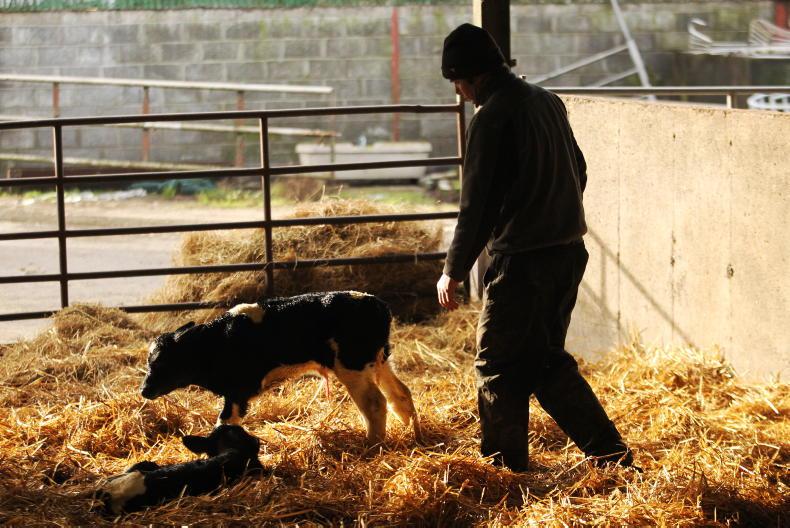
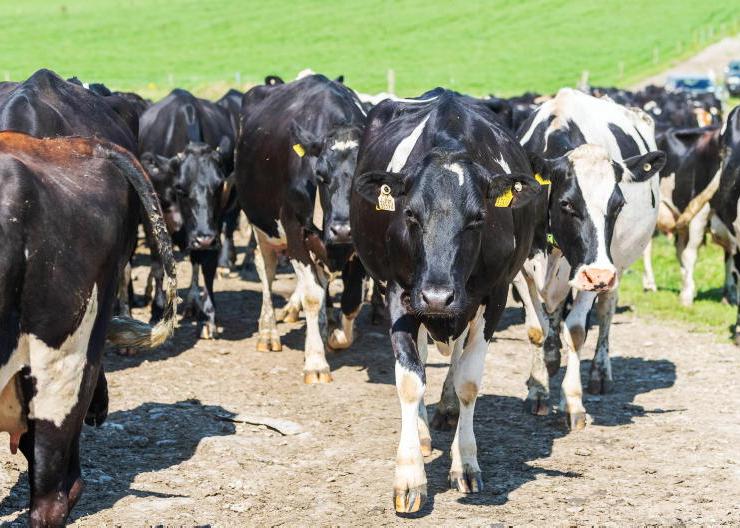

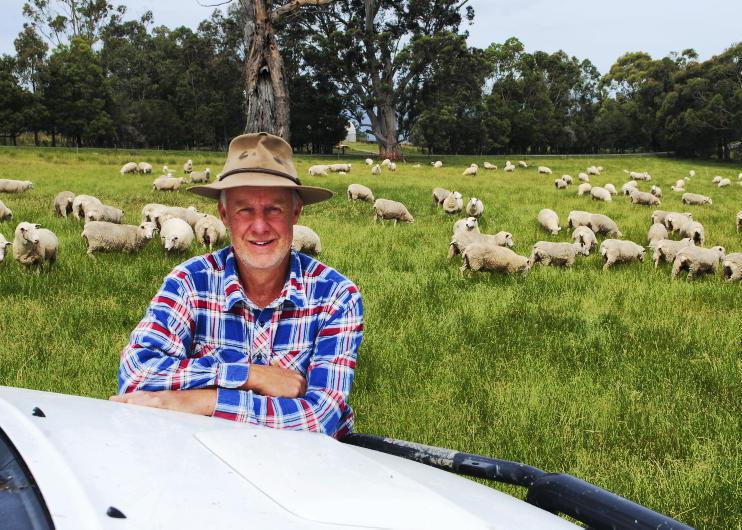
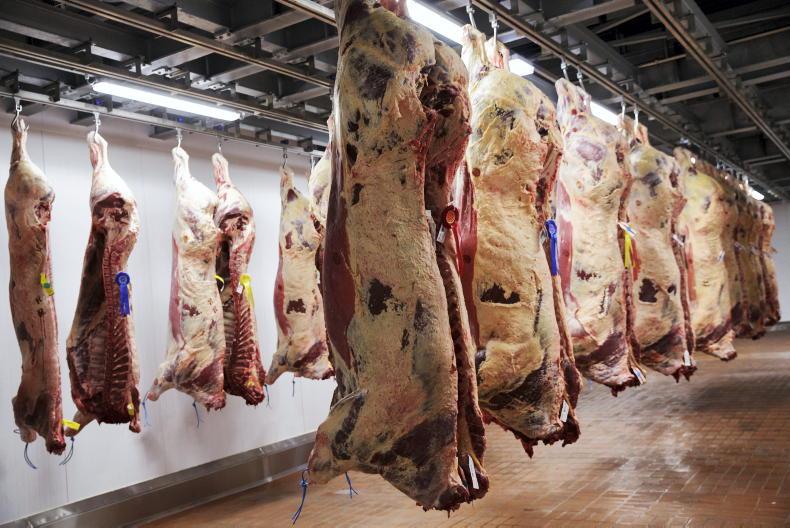
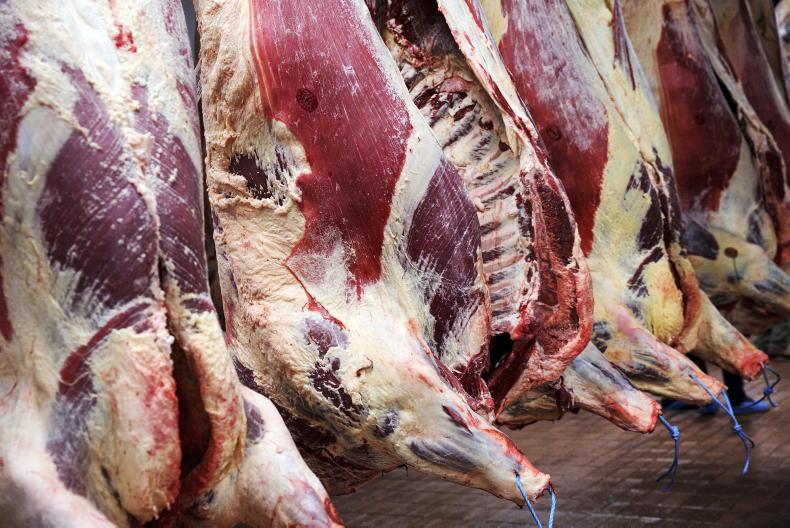
SHARING OPTIONS